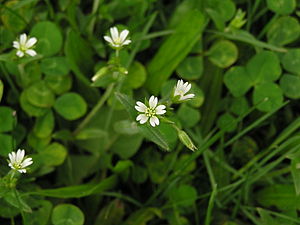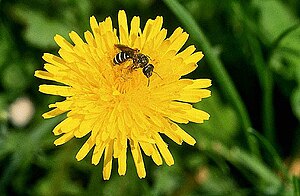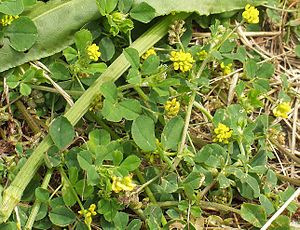Testcommunitypage
Share this page: Testcommunitypage
Contents
Introduction
Click here to access the Semantic Properties associated with this project
Basic information about the project
- Date on which this page was first created: 2011/05/18
- This page was last modified on: 2 June 2011 12:49:38
| User-names of people who contributed to this entry | Gauravm |
|---|---|
| Title of the project | Wildflowers of Michigan State University |
| External URL of the project/organization | |
| Names of the institutions which carried out this project | NA |
| Type of institution | Self-guided |
| Name of the funding agencies, if any | NA |
| Names of the project leaders (teacher/professor in case of a school/college) | Gaurav Moghe |
| Names of all project participants | Gaurav Moghe |
| Locations where the study was conducted | Michigan State University, East Lansing |
| State(s) where the study was conducted | Not Applicable |
| Names of the species sampled/studied in this project | Cerastium vulgatum, Taraxacum officinale, Medicago lupulina |
| Types of the species sampled/studied in this project | Plants |
Additional project details
Cerastium vulgatum
Also called Mouse ear Chickweed. Cerastium is a genus of annual, winter annual, or perennial plants belonging to the family Caryophyllaceae. The around 100 species are commonly called Mouse-ear chickweed; different species are found nearly worldwide but the greatest concentration is mainly from the northern temperate areas of the world. A number are common weeds in fields and on disturbed ground.
I found the Mouse ear Chickweed plants growing in the Horticultural gardens in Early April 2010, although the plants are known to be flowering between May and September, The plant is alien to Michigan.
Taraxacum officinale
Also known popularly as Dandelion. It is a herbaceous perennial plant of the family Asteraceae (Compositae). It can be found growing in temperate regions of the world, in lawns, on roadsides, on disturbed banks and shores of water ways, and other areas with moist soils. T. officinale is considered a weedy species, especially in lawns and along roadsides, but it is sometimes used as a medical herb and in food preparation. As a nearly cosmopolitan weed, Dandelion is best known for its yellow flower heads that turn into round balls of silver tufted fruits that blow away on the wind.
Dandelions grow everywhere on MSU campus from late March.
Medicago lupulina
Medicago lupulina (Black Medic, sometimes spelled Medick or Meddick) is a summer annual or perennial plant usually considered a weed. It has a tap root. Like other legumes, it has three leaflets; its center leaflet is on a separate petiole. As with other legumes, nitrogen-fixing bacteria, known as rhizobia, are found in nodules on the roots.
My description: Yellow. Clover-like 3 leaves. Vs Hop Clover has minutely spine-tipped leaves. 2 sessile leaves and upto 2 petiolated leaves originating from node. Blackish seed pods. Medicago lupulina is also in the same genus as Medicago truncatula whose genome is being sequenced. I found the plant growing near the Plant Biology building in Early April 2010. You can see the blooms around the state from March to November.



